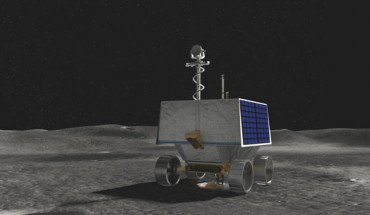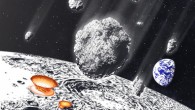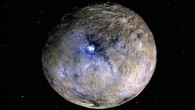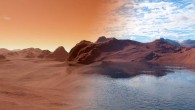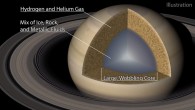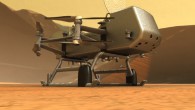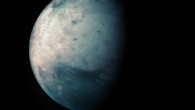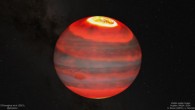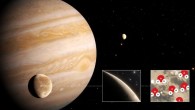NASA has chosen the western edge of Nobile Crater at the Moon’s south pole as the landing site for its upcoming Volatiles Investigating Polar Exploration Rover (VIPER). An illustration of NASA’s VIPER lunar rover. Image credit: NASA / Ames Research Center / Daniel Rutter. NASA’s VIPER rover will land near the western edge of Nobile Crater in 2023 on a 100-day mission. Part of the agency’s Artemis lunar exploration program, the mobile robot...

